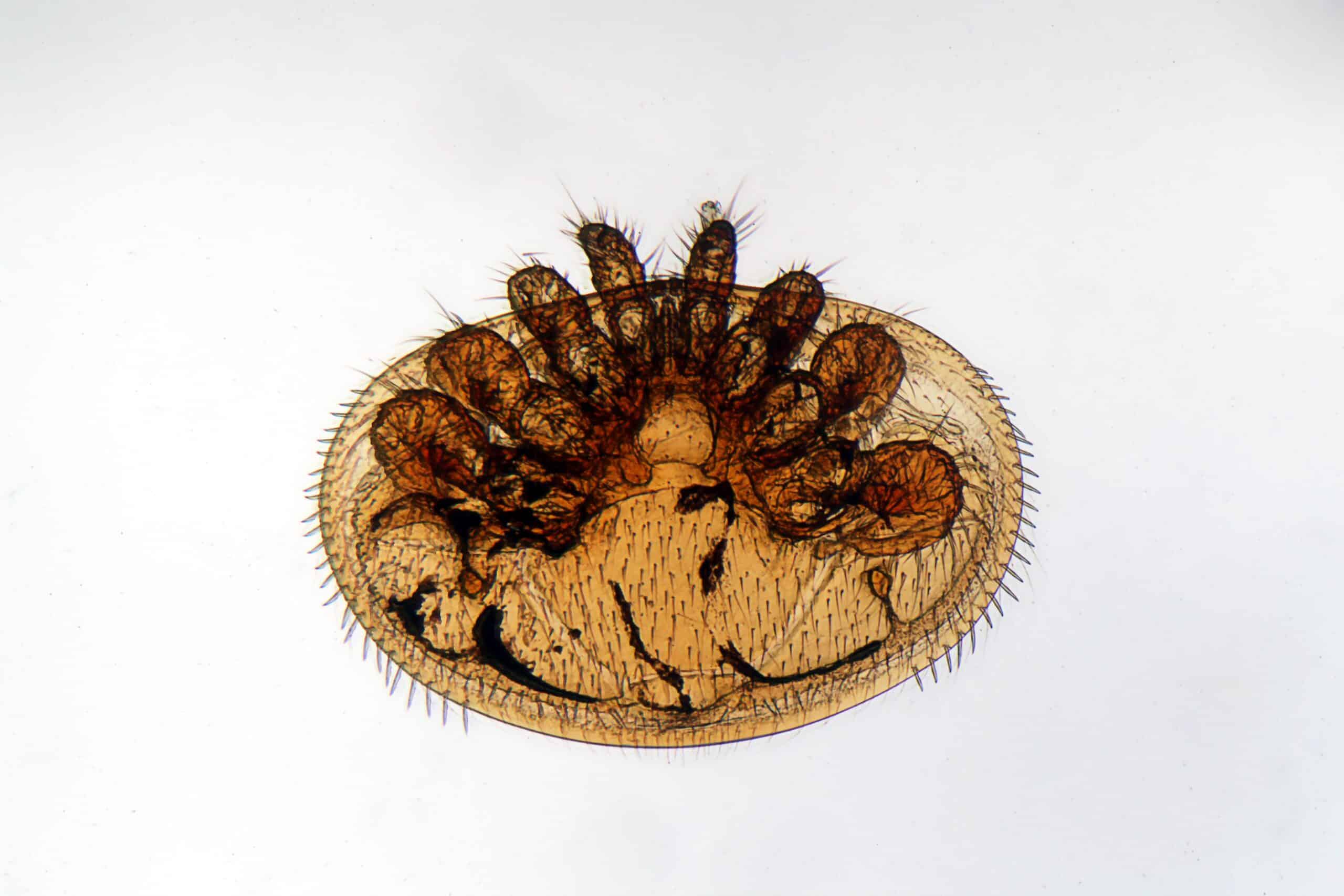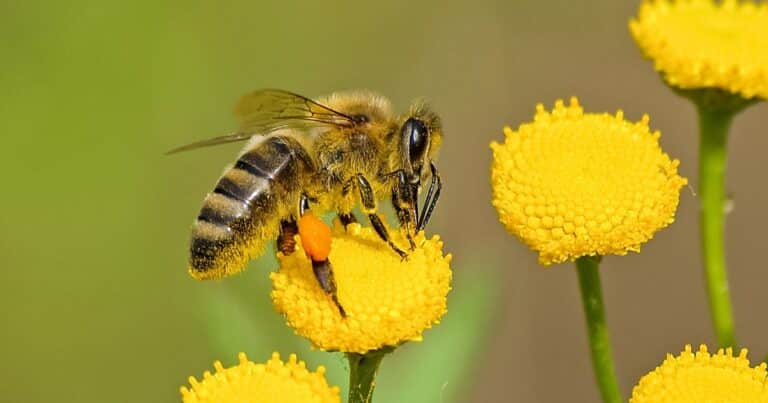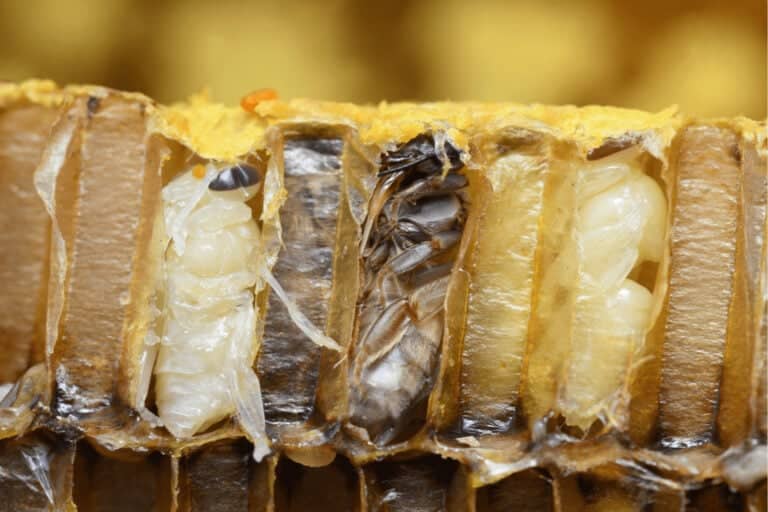Ominous Spread of Varroa Incursion
The NSW Department of Primary Industries held a briefing for beekeepers
in Newcastle to provide an update on the current emergency response for varroa mite.

Varroa Update from DPI 29 June.
On June 29, 2022, the NSW Department of Primary Industries held a briefing for beekeepers in Newcastle to provide an update on the current emergency response for varroa mite. What follows is a summary of the information presented:
Leigh Pilkington (Director, Emergency Management NSW DPT) commenced by confirming that varroa mites were detected around the port of Newcastle on 22 June via sentinel hives.
He said that the sentinel hives, along with a ‘couple’ of private hives, had been sampled, and that mites had been detected in ‘a number of those hives’ and the hives euthanised.
Mr. Pilkington stated that the intention of the DPI was to limit, contain and eradicate the mites, and to, “Make sure that Australia remains free from it (varroa) if we can.”
Mr. Pilkington went on to say that native bees are not believed to be hosts for the mite.
Describing the bee industry as being worth $147 million and the value of the pollination industry as just over $14 billion, he said it is vital that these are protected. Three-tiered emergency zones have been set up within a radius of 50 kilometres of infested properties, within which beekeepers cannot move or tamper with bees and beekeeping equipment, unless checking for the presence of varroa mites via techniques such as sugar shakes, ethanol wipes and brood
uncapping.
There is currently a movement standstill throughout NSW in order to buy time for
the process of containment and elimination.
Mr. Pilkington said that a property in Trangie about 450 kilometres west of Newcastle had been identified as a location to which potentially infested hives had been relocated, but that these hives had been cleared of mites and euthanized.
However, he also revealed that mites had recently been found in properties in Seaham and Bulahdelah that had connections with known sites of infestation, and that emergency zones had been amended to include those properties.
Beekeepers can check the status of their location by searching ‘DPI varroa’ on
Google and use the interactive map online. Mr Pilkington concluded by stating that the DPI was working closely with police, rural fire services, and a variety of other agencies, and that, “What we’re seeing today is positive news; there’s nothing to suggest we’re not going to get on top of it (the mites).”
The next speaker was Incident Controller Jamie Maddocks, who gave a local perspective. He said there were a total of eight infected premises all within the updated control area, and that the DPI had implemented surveillance plans and tracing arrangements, set up a call centre and a media liaison unit, and drafted control plans for the destruction of hives.
Two laboratories have been mobilised to assist with diagnostics to test for Varroa destructor and a panel of viruses, which so far have not been detected, DPI’s research division is investigating sequencing to determine the country of origin of the mites, and an insecticide resistance team is investigating chemical resistance.
Hive inspections are being used to work out how long varroa has been in the country, but more data is required to figure out the timeline.
Mr. Maddocks reiterated that we have a high chance of eradicating varroa from Australia, and said that the DPI has organised a daily press conference ‘similar to the previous Covid daily media briefings’.
DPI officer Lloyd Kingham then addressed concerns from local beekeepers that they were not aware of the meeting and had not been sent an invite. He accepted responsibility for this and said it would be corrected in future.
The last speaker was chief Plant Protection Officer Satendra Kumar. He confirmed that the present incursion was only the second time that Varroa destructor has been detected in Australia, the first being a single hive that was eradicated at the Port of Melbourne several years ago.
Mr Kumar said that the current response strategy had been prepared in 2018 in
consultation with industry and was based on what had happened in other countries. He affirmed that we would have to euthanise all bees within ‘red’ zones 10 kilometres from infestations but stated that he was already looking at the mechanism for compensation and had begun discussions with the pollination industry to determine, ‘how quickly we can facilitate this’.
“We are in a good space to contain and eradicate the varroa mite,” said Mr Kumar, although he concluded by acknowledging that, “We’ve got a very narrow window of opportunity to get on top of this.”
A video of the full briefing can be viewed here.


